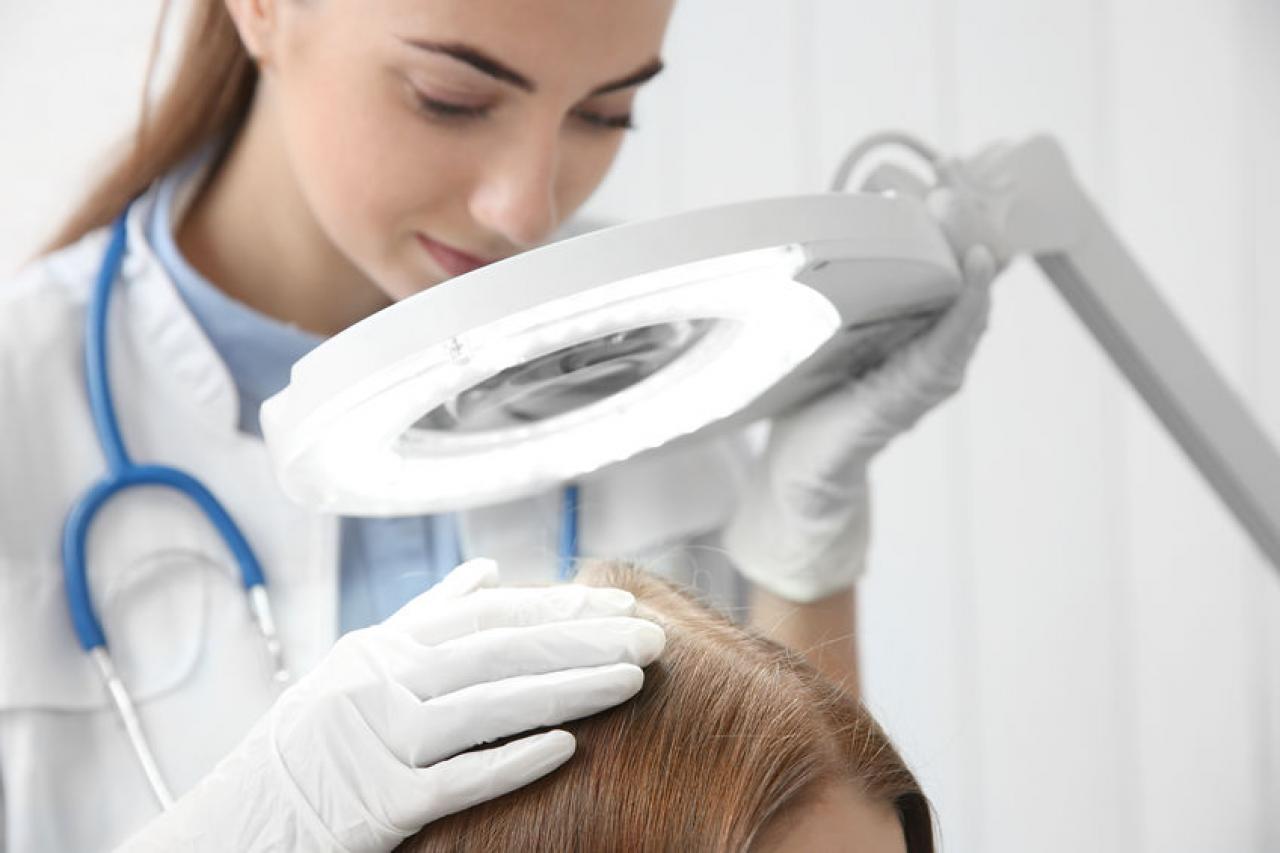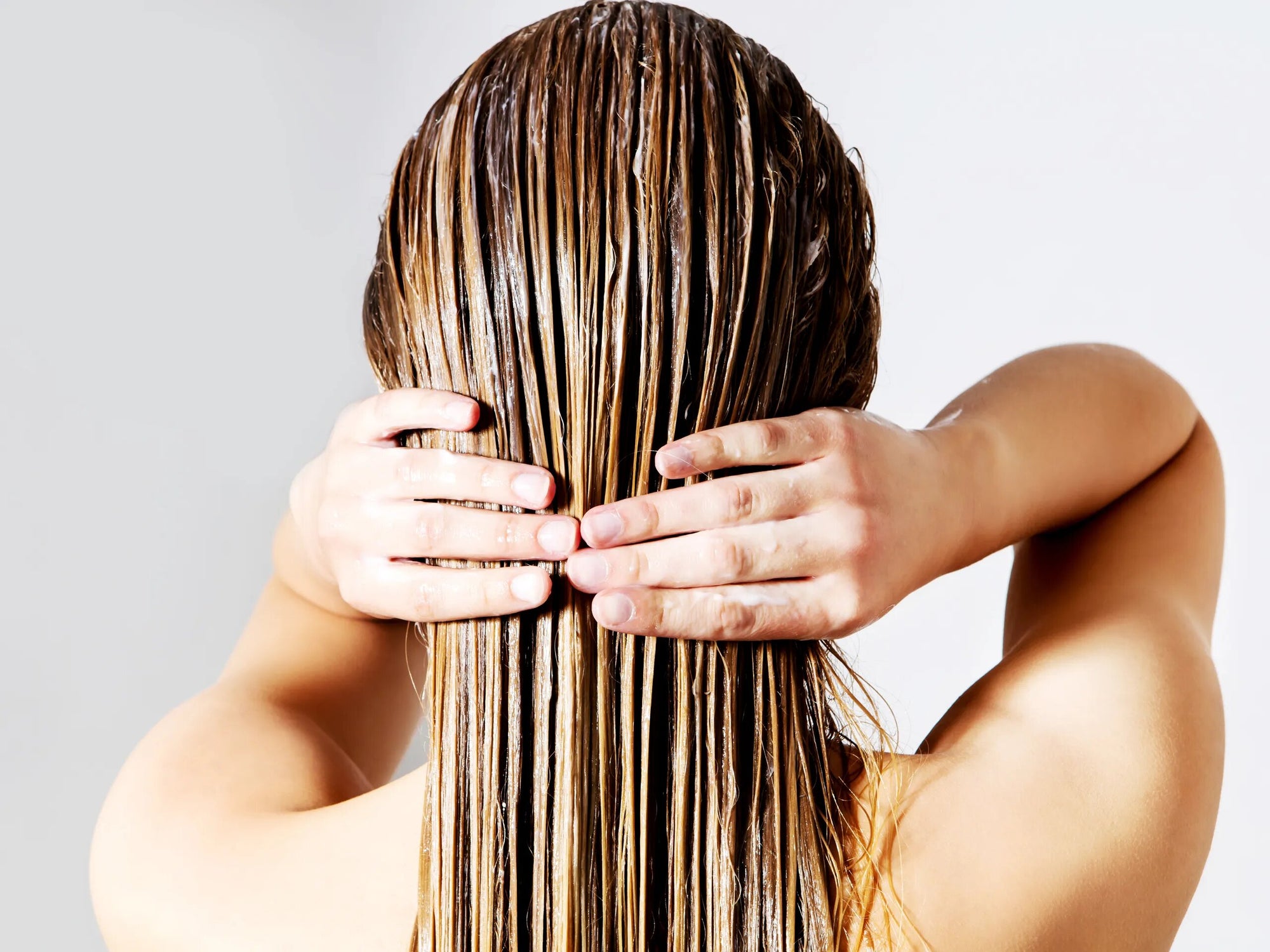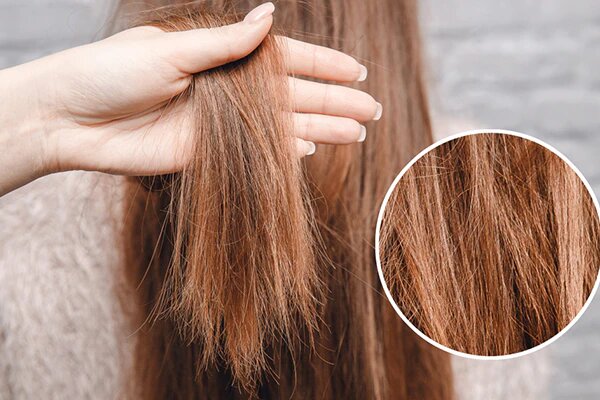Trichoscopy is a term you may hear if you go to a hair loss specialist, or even a dermatologist. This is actually a method that a specialist can use to examine your skin and hair on your scalp to help diagnose various hair conditions or problems .
Various instruments are used to obtain a good magnified view of the skin and hair. The doctor may use a digital videodermoscopy system or a hand-held dermoscope. The specialist is able to carefully examine the structures of the scalp , such as the hair shaft , the openings of the hair follicles , the epidermis of the skin surrounding the hair follicle, as well as the blood vessels.
Knowing the type of hair loss a patient has is important to help them decide on an effective treatment strategy, hence the importance of diagnostic procedures such as trichoscopy .
It turns out that short hair is often very important in helping the specialist distinguish between different types of alopecia . Short hair is defined as hair with a length of less than 5 mm. Individual hair shafts may be abnormal and classified based on the nature of the abnormality.
Stems may be fractured, be narrower than they should be, be twisted or short, have bands or even nodular structures. Androgenetic alopecia is often suspected in men when a distinctive pattern is observed starting at the front of the scalp and then moving out to the sides. However, individual hair type and characteristics are also a way to diagnose the condition using trichoscopy .
Hair characteristics indicating various conditions
Men with androgenetic alopecia often have many hypopigmented vellus hairs, indicating that miniaturization is a problem. Hair miniaturization due to the androgenic hormone dihydrotestosterone is, after all, widely believed to be the cause of androgenetic alopecia .
People who suffer from alopecia areata also often have many vellus hairs on their scalp. Trichoscopy also indicates the presence of hairs in the form of exclamation points, black dots, yellow dots.
Tinea capitis is a fungus that attacks hair follicles and is a condition that can occur in some people. This condition is manifested by scales on the scalp, the presence of blackheads, as well as hair characteristics observed on trichoscopy . The hairs that indicate the presence of tinea capitis are often corkscrew or comma shaped.
Some types of alopecia cause permanent hair loss ; for example, androgenetic alopecia and often, alopecia areata and even traction alopecia can cause significant hair loss. There are treatment options that you can learn about by consulting specialists in clinics.
There are several prescription foams and creams that can promote hair growth, as well as hair transplant surgery options to replace missing hair. Before choosing a treatment option, you must first make a diagnosis about the reasons for hair loss, and this is where trichoscopy can help.
Find out how to detect tricholasia using thricoscopy!



